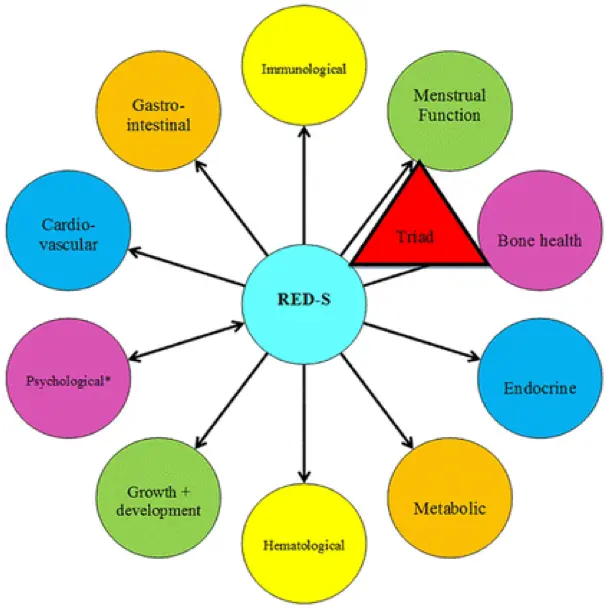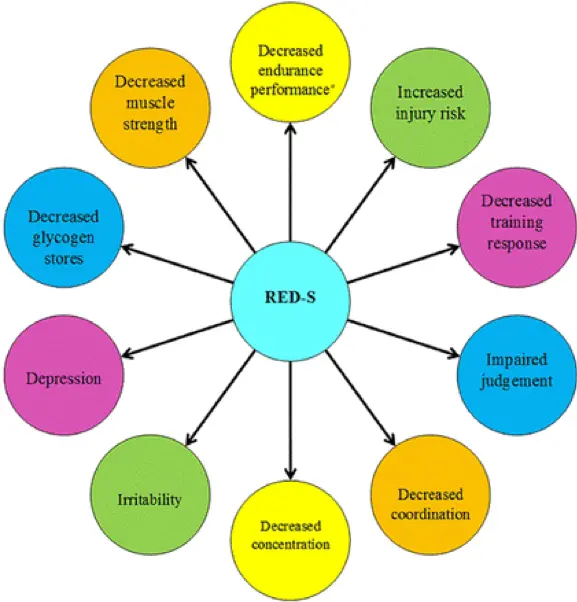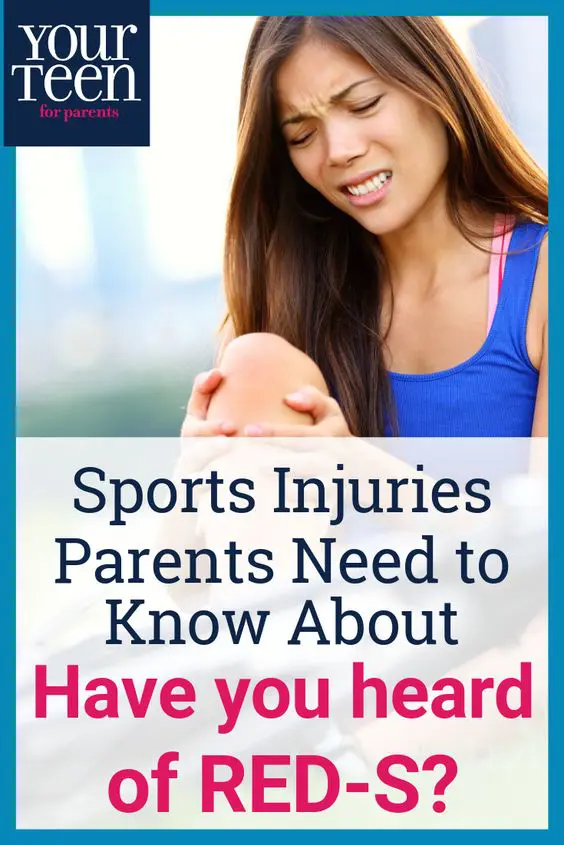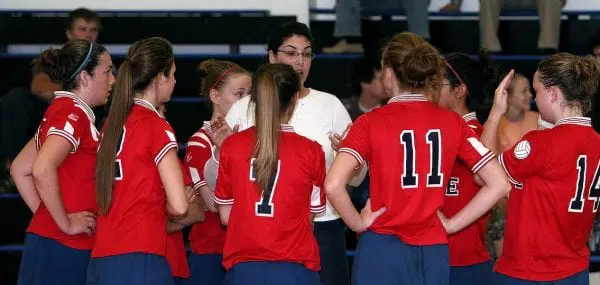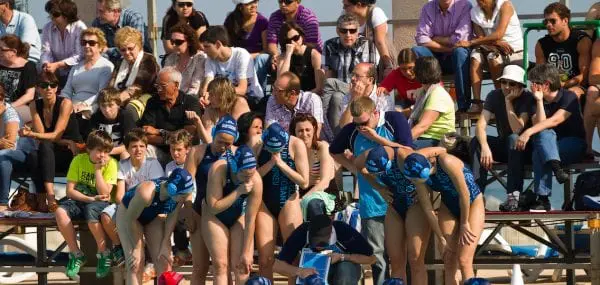As parents, one of our greatest fears is to see our children get hurt. If your teen is an athlete, chances are pretty good that they will become injured at some point. And despite our best protective efforts, right now we’re seeing a growing epidemic of sports injuries.
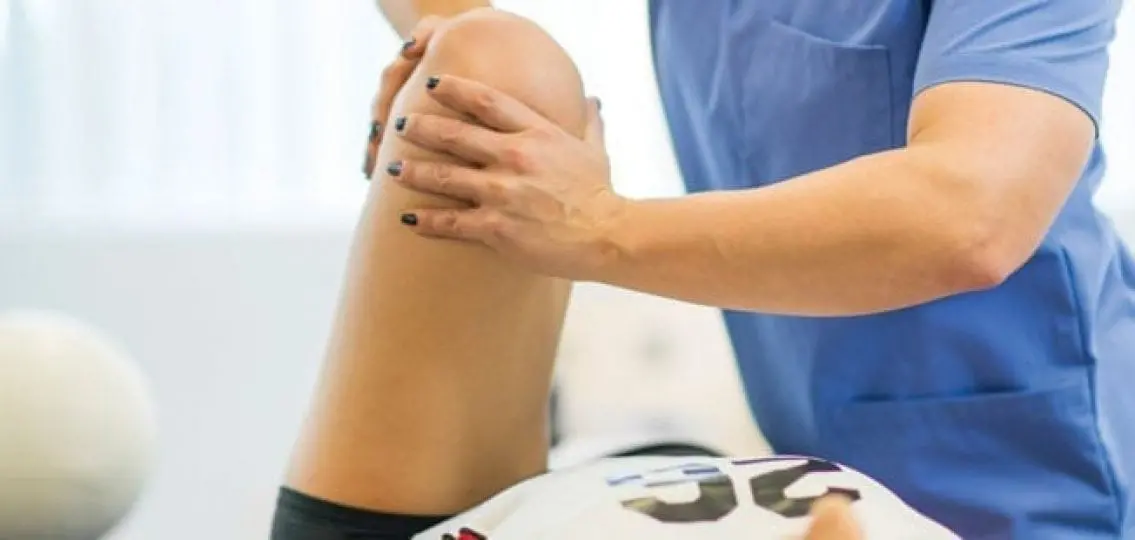
As a certified sports dietitian, I counsel many teen athletes who succumb to sports-related injuries as a result of pushing themselves too hard. One common cause of such injuries stems from an imbalance between the energy (calories) a teen is consuming versus the energy (calories) they expend. This phenomenon is known as RED-S (relative energy deficit in sport), formerly known as the “female athlete triad.”
RED-S has detrimental effects on bone health, menstrual function (in teen girls), testosterone function (in teen boys), metabolic rate, immune function, organ function, cardiovascular health, and psychological health. RED-S hinders teen athletes from reaching their personal bests.
Many athletes of all sizes and abilities are not paying attention to their fueling needs for training and peak performance, which results in them becoming lethargic, injured, and unable to perform in their sport. Many struggle with mood changes, digestive problems, recurring injuries, or mental fatigue.
Recognizing the Signs of RED-S
Parents and teens may not have heard of RED-S, and often can’t see the signs of this syndrome, which can make it difficult to diagnose. Your athlete may have had no changes to their weight or decline in performance but they might say things like:
- “I feel bloated all the time.”
- “I just don’t seem to tolerate foods like dairy anymore.”
- “The doctor says my resting heart rate is lower than normal, but it’s okay, I’m an athlete.”
- “This winter I seem to catch every cold that is out there.”
- “I haven’t had my period the last few months, but it must be my activity level.”
- “Dad, did you turn down the heat? It’s always freezing in here.
Calculating Caloric Needs
As a parent of a teen athlete, it can be difficult to find accurate information regarding sports nutrition. As great as science is, we are still using “guesstimations” to know how many calories an athlete needs on a daily basis. With our overdependence on technology, it is natural to gravitate toward information collected from phones, watches, and Dr. Google.
When estimating caloric needs, we collect data points such as calories burned, hours slept, step count, etc. But it’s important to also account for activities of daily living (ADLs) which include walking to classes, band practice, physical education class, and any other activity in your teen’s day that requires the body to move. All of these factors can make it challenging to estimate your active teen’s caloric needs, but nutrition and proper fueling, both quality and quantity, are crucial in preventing RED-S.
The Body’s Needs
These are the functions for which your body must have energy on hand:
- Digestion
- Production of digestive enzymes
- Blood pumping
- Learning
- Memory
- Hormone production
- Immune system
- Menstrual cycle
- Bone formation
- Bone recycling
- Metabolism
- Growth & development (brain)
Our body adapts when its needs aren’t met, otherwise we wouldn’t be able to live. But this can only go on for so long. When we don’t consistently take in enough energy for what our body expends, it doesn’t just stop, it slows down! All of the systems mentioned above can start to dysregulate and some may even shut off, for example, a teen girl’s menstrual cycle.
| [adrotate banner=”76″] |
The Destructive Side of Being Driven
For some of these athletes, the above-mentioned scenarios happen unintentionally due to a lack of awareness, but for others, it may be intentional.
Ask any athlete and they will tell you they will do almost anything to excel at their sport. This is what we call their drive. They may be tempted to experiment with and adjust their food intake (what, when, and how much they eat) in the hopes of improving performance.
We also fall victim to the “more is better” idea when it comes to training. However, excessive training increases the daily energy expenditure and also increases injury risk.
Just as we see bodily systems start to dysfunction in a teen with RED-S, we also see athletic performance decline.
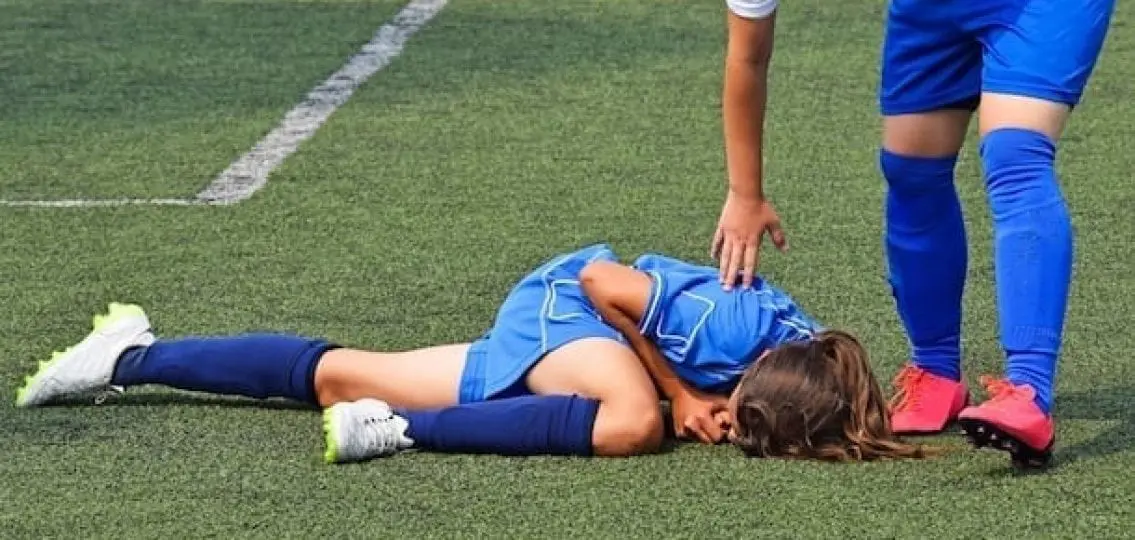
Finding the Sweet Spot
The key to helping your teen athlete perform at their best is to make sure they are properly fueling. Pause and evaluate whether your child may be experiencing any of the symptoms mentioned above and have a conversation with them if you have any concerns. Be sure to check in with them through their athletic seasons and ask how they are feeling, both physically and emotionally, and make sure they are fueling properly during this time of growth and great caloric expenditure. If you have questions or concerns, consult a sports specialist dietitian who can discuss and assess any abnormal physical or emotional changes your teen may be experiencing.

